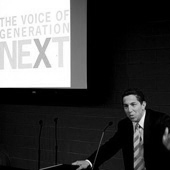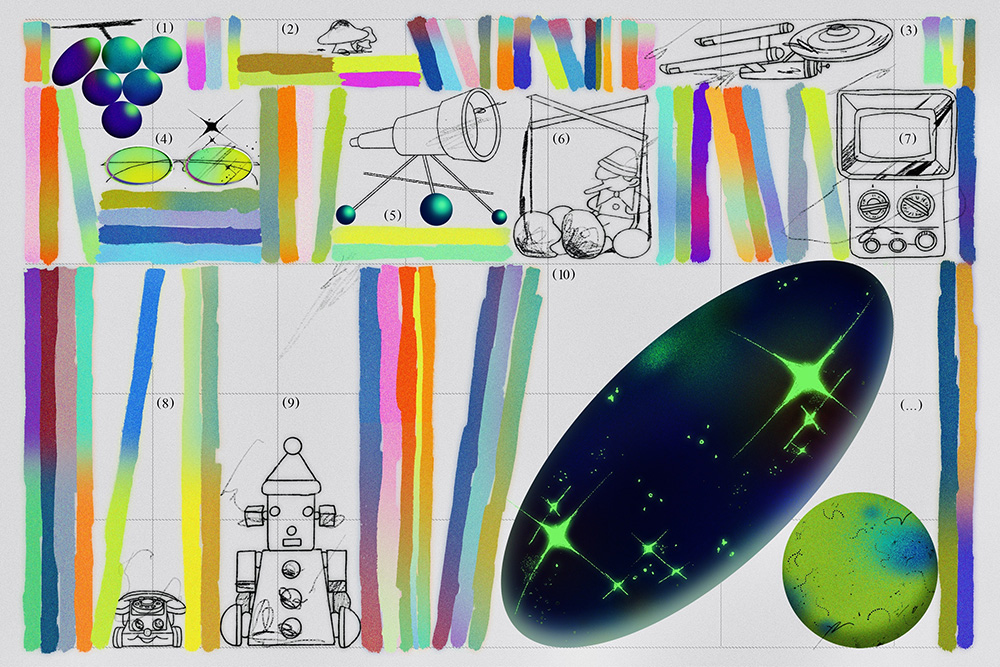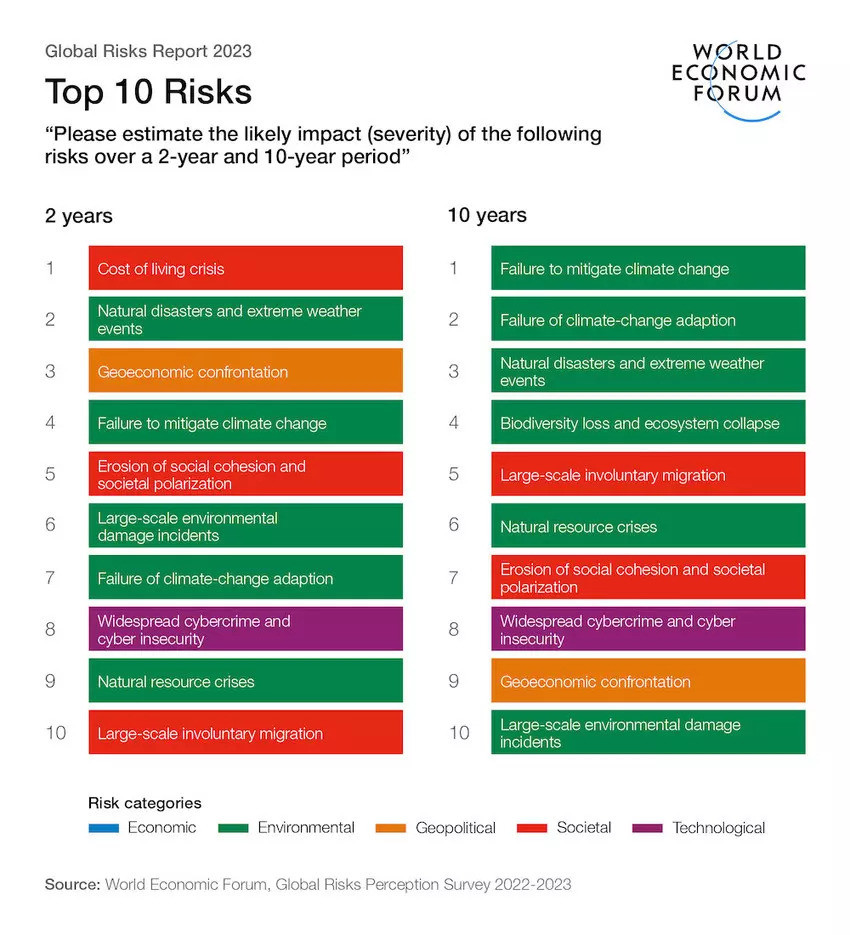
December 24, 2010
Taking the A-Train

New York subway, Times Square, used with permission from Shutterstock
“Hurry, get on, now, it’s coming. Listen to those rails a-thrumming,” sang soulful Ella Fitzgerald in the barrier-breaking track of jazz musician Duke Ellington. The Duke took the express tracks of the A-train from eastern Brooklyn to Harlem, marching into musical history and inspiring artists of every color and creed.
Last summer, I taught a journalism high school course to a small group of advanced yet under-served Brooklynites who every morning commuted along Duke’s subway line to our class. In the course, each student had to pursue a local story in his or her neighborhood. After lessons on the ABCs of journalism, the students ventured outside the classroom.
Giving new life to the man-or-woman-on-the-street-interview, a requisite assignment in all journalism classes, we went out to the streets, but then we dug deeper. Instead of conducting interviews on city blocks, we took our notepads to the subway, moving from car to car as we interviewed commuters. In the wake of the current economic recession, the class decided to focus on the theme of economic condition and sacrifice in order to examine the financial strife and distress of the nation through the lives of subway riders.
I’m now wrapping up an inter-disciplinary Harvard course called “Cultural Agents” in which I am designing an expanded Subway Journalism Intervention for urban student populations.
My proposal: Under the wing of attendant teachers, students will interview riders on each car as the train moves from stop to stop. Of course, there will be citizens — potential sources — who are unwilling to talk. For every person who doesn’t talk, however, I believe that we will find one who would be happy to engage. In this way, subway cars can be experimental laboratories for enhancing young people’s citizenship.
Judging from my experience in Brooklyn, train interviews have the capacity to evolve into a chain reaction, started by one or two good interviews, in which the entire car bursts into productive conversation about, in this case, economic woes — but, in every case, about America’s future. Those who are not reading a book are often just staring into space or sleeping. They are looking for something with which to engage and, trusting our better angels, I believe that they will engage.
Public transportation unifies people, connecting a diverse range of people locally, as everyone is sharing the same space. New York City Mayor Mike Bloomberg, who is frequently spotted commuting to work via mass transit, can vouch for this. Each subway car represents a piece of a student’s diverse city. The objective for students is to collect their reports to create a narrative weaving together the stories of each subway car and the people who ride it. By chronicling their own stories (and those of friends and strangers), students will immerse themselves in a real community.
Much more than we do now, we need to use civic engagement to achieve education goals. Being educated starts with being a citizen of your community. Right now in urban centers across the United States, there is a dearth of motivation and interest among students who believe that so-called “progress in the real world” is disconnected from their classroom experiences. The route to straight-A’s in the classroom is to embrace the innovative and revolutionary, as Ellington and Fitzgerald did with their own artistic power.
We need to heed their model to reinvent urban education in the United States. All aboard the A-Train — we owe you one, Duke.
Observed
View all
Observed
By Alexander Heffner

 Alexander Heffner, a graduate of Phillips Academy and a junior at Harvard College, is director of Scoop Seminar, a civic education and journalism initiative.
Alexander Heffner, a graduate of Phillips Academy and a junior at Harvard College, is director of Scoop Seminar, a civic education and journalism initiative.



